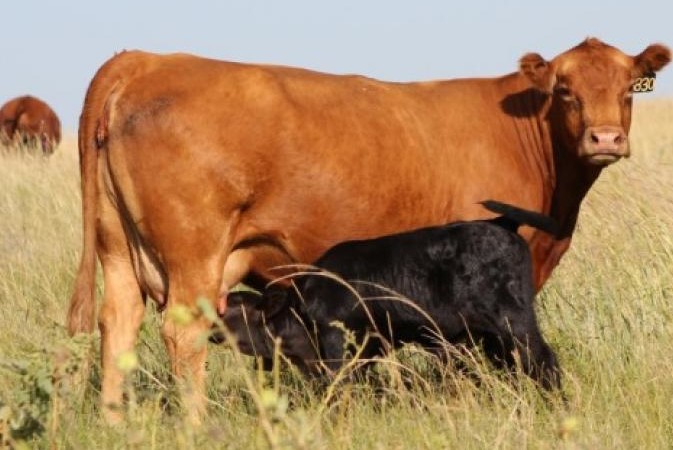

Evidence is presented which indicates that a low rate of fertilization and a high rate of embryonic mortality are the major factors causing the low seasonal breeding efficiency , however there is more to that as indicated below:
Number of ova: The first limitation on the breeding efficiency of fertility of an animal is the number of functional ova released during each cycle of ovulation. Ovulation is the process of shedding of ovum from the Graffian follicle. In the case of cow, usually a single ovum is capable of undergoing fertilization only for a period of 5-10 hours. Therefore, the time of mating in relation to ovulation is important for effective fertilization.
Percentage of fertilization: The second limitation is fertilization of ova. Failure to be fertilized may result from several causes. The spermatozoa may be few or low in vitality. The service may be either too early or too late, so that the sperms and eggs do not meet at the right moment, to result in fertilization.
Embryonic death: From the time of fertilization till birth, embryonic mortality may occur due to a variety of reasons. Hormone deficiency or imbalance may cause failure of implantation of fertilized ova which die subsequently. Death may occur as a result of lethal genes for which the embryos are homozygous. Other causes may be accidents in development, over-crowding in the uterus, insufficient nutrition or infections in tile uterus.
Age of first pregnancy: Breeding efficiency may be lowered seriously by increasing the age of first breeding. Females bred at a lower age are likely to appear stunted during the first lactation, but their mature size is affected little by their having been bred early.
Frequency of pregnancy: The breeding efficiency can be greatly enhanced by lowering the interval between successive pregnancies. The wise general policy is to breed for the first time at an early age and to re-breed at almost the earliest opportunity after each pregnancy. In this way the lifetime efficiency is increased. Cows can be re-bred in 9-12 weeks after parturition.
Longevity: The length of life of the parent is an important part of breeding efficiency, because the return over feed cost is greater in increased length of life. Also, it affects the possibility of improving the breed. The longer the life of the parents, the smaller the percentage of cows needed for replacement every year.
Some of the management suggestions which will tend to improve breeding efficiency of cattle are listed below.
Keep accurate breeding records of dates of heat, service and parturition. Use records in predicting the dates of heat and observe the females carefully for heat.
Breed cows near the end of heat period.
Have females with abnormal discharges examined and treated by veterinarian. Call a veterinarian to examine females not settled after three services.
Get the females checked for pregnancy at the proper time after breeding.
Buy replacements only from healthy herds and test them before putting them in your herd.
Have the females give birth in isolation, preferably in a parturition room and clean up and sterilize the area once parturition is over.
Follow a programme of disease prevention, test and vaccination for diseases affecting reproduction and vaccinate the animals against such diseases.
Practice a general sanitation programme, Supply adequate nutrition, Employ the correct technique, Provide suitable shelter management.
Detect silent or mild heat, by using a teaser bull.
 Contact Jaguza Support
Contact Jaguza Support